In the world of health and nutrition, wheatgrass juice powder is gaining a powerful reputation. Known for its dense concentration of vitamins, minerals, enzymes, and antioxidants, this bright green powder can be produced right in your home — especially if you use a hydroponic system. In this blog, we’ll explore what makes wheatgrass juice powder so special, how you can grow it, and why it’s in high demand globally.
1. What is Wheatgrass Juice Powder?
Wheatgrass juice powder is made extracting juice from young wheatgrass leaves and then freeze-drying it into a fine, concentrated powder.
- Unlike wheatgrass powder (made from dried whole grass), the juice powder has no indigestible fiber, making it more bioavailable.
- It contains up to 70% chlorophyll, enzymes, amino acids, vitamins A, C, E, and minerals like iron, calcium, and magnesium.
2. Health Benefits
Regular consumption of wheatgrass juice powder is linked to:
- Detoxification: Chlorophyll helps cleanse the liver and blood.
- Boosted Immunity: Vitamins and antioxidants strengthen your defenses.
- Better Digestion: Enzymes aid in breaking down food.
- Increased Energy: Natural compounds help oxygenate cells.
- pH Balance: Helps reduce acidity in the body.
3. Why Grow It at Home?
- Freshness: You control the quality from seed to harvest.
- Cost-Effective: Store-bought wheatgrass juice powder can cost ₹15,000–₹20,000 per kg in India and even more in export markets.
- No Chemicals: 100% organic when you grow it yourself.
- Small Space Requirement: Can be grown in a balcony, terrace, or small hydroponic unit.
4. Hydroponic Wheatgrass Cultivation
Growing wheatgrass hydroponically means you can produce clean, nutrient-rich grass without soil.
Steps:
- Choose good seeds: Hard winter wheat is best.
- Pre-soak: 8–10 hours in clean water.
- Spread on trays: Keep seeds evenly layered.
- Water and light: Gentle misting and indirect light work well.
- Harvest: 6–8 days after sowing when grass is 7–8 inches tall.
5. Making Juice Powder
- Juice Extraction: Use a slow juicer to avoid nutrient loss.
- Freeze Drying: Locks in nutrients and flavor.
- Powdering: Blend freeze-dried juice into fine powder.
- Storage: Airtight containers, away from light and moisture.
6. Demand & Business Opportunity
The global wheatgrass products market is expanding rapidly due to rising interest in plant-based nutrition.
- B2C market: Health-conscious individuals, gyms, wellness centers.
- B2B market: Juice bars, supplement companies, health food manufacturers.
- Export potential is high, especially in countries like the USA, Japan, and Germany.
Conclusion
Wheatgrass juice powder is more than a health trend — it’s a nutrient powerhouse with strong market demand. Whether you grow it for personal use or as a business venture, hydroponic cultivation offers a clean, efficient, and profitable way to produce it.


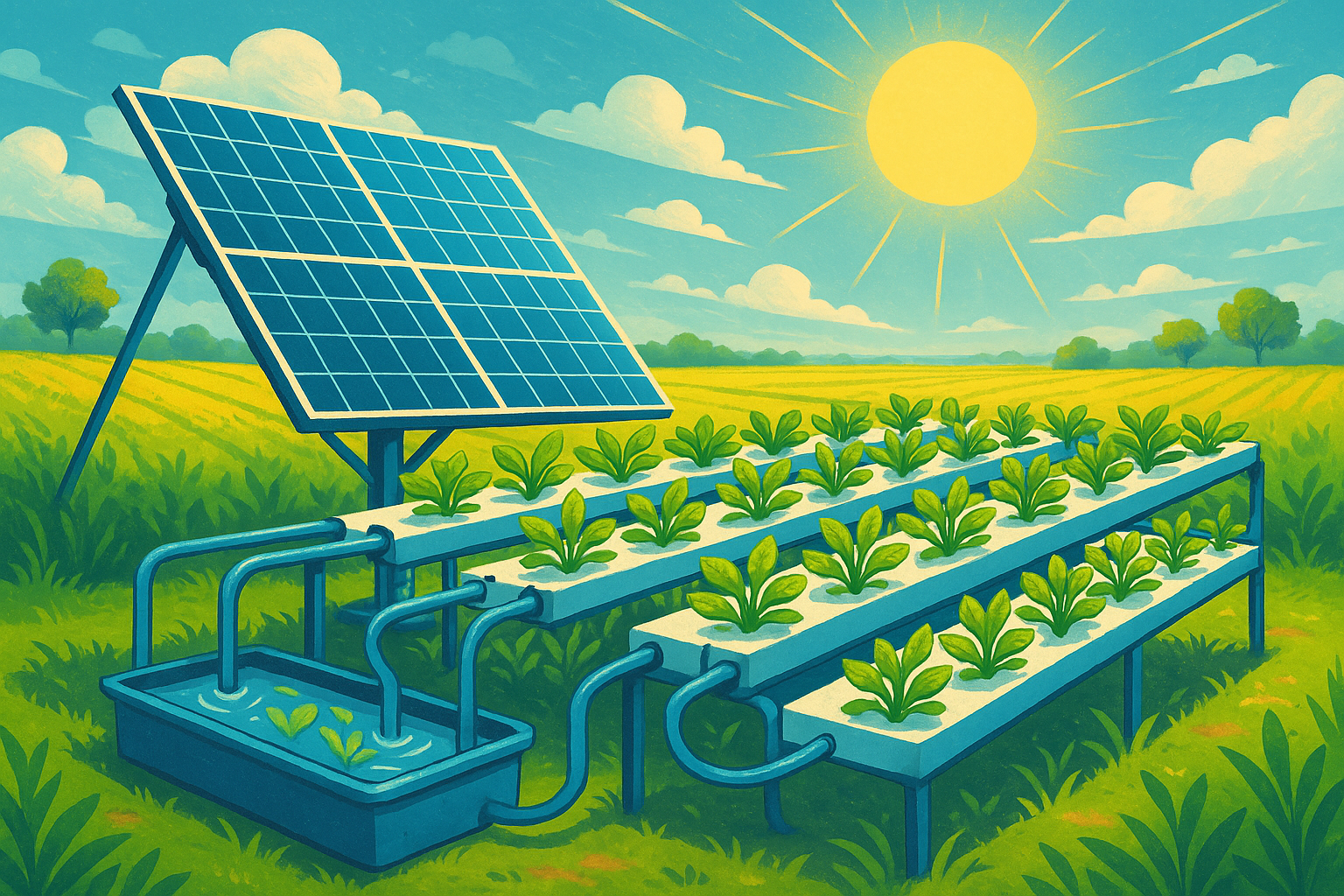
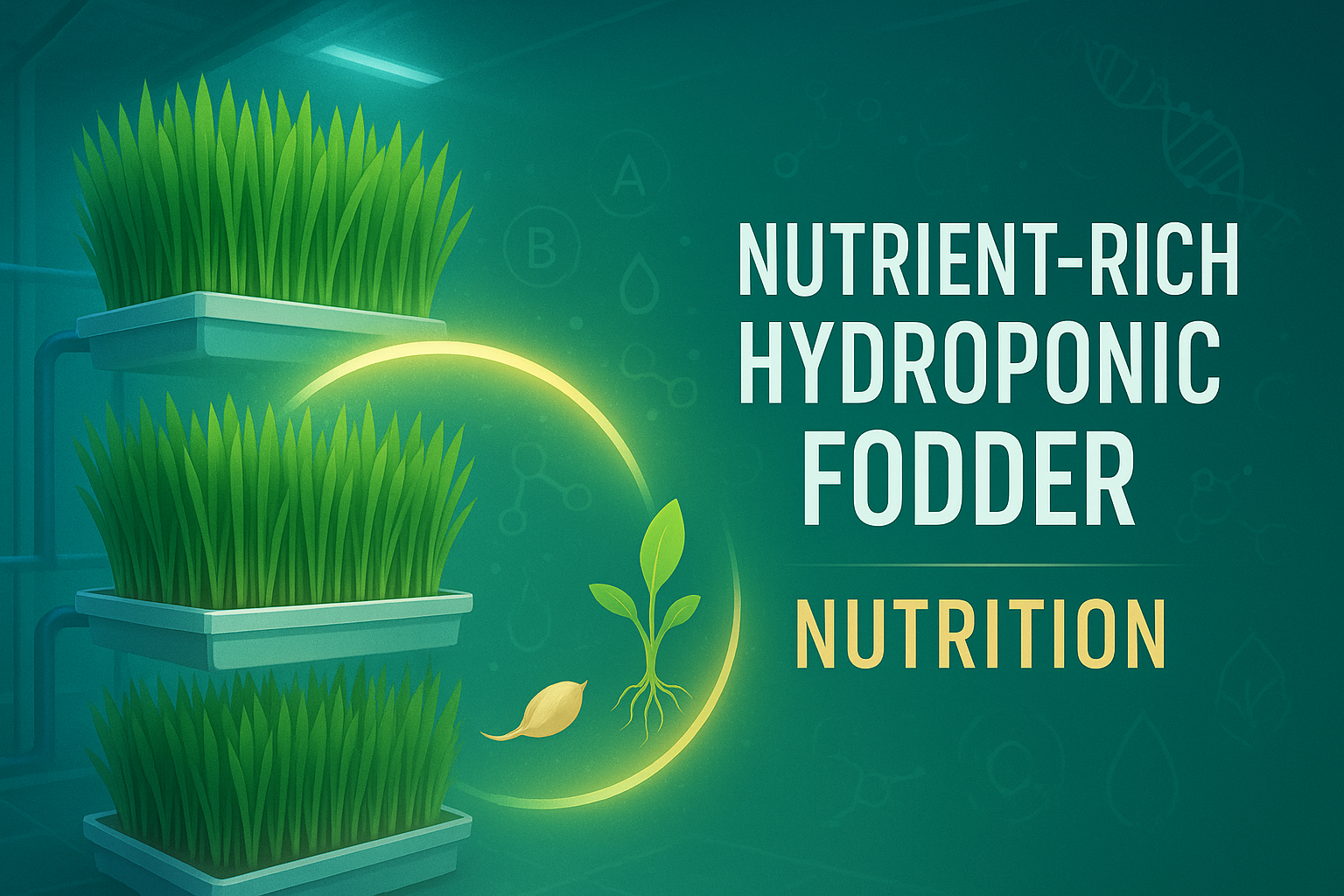
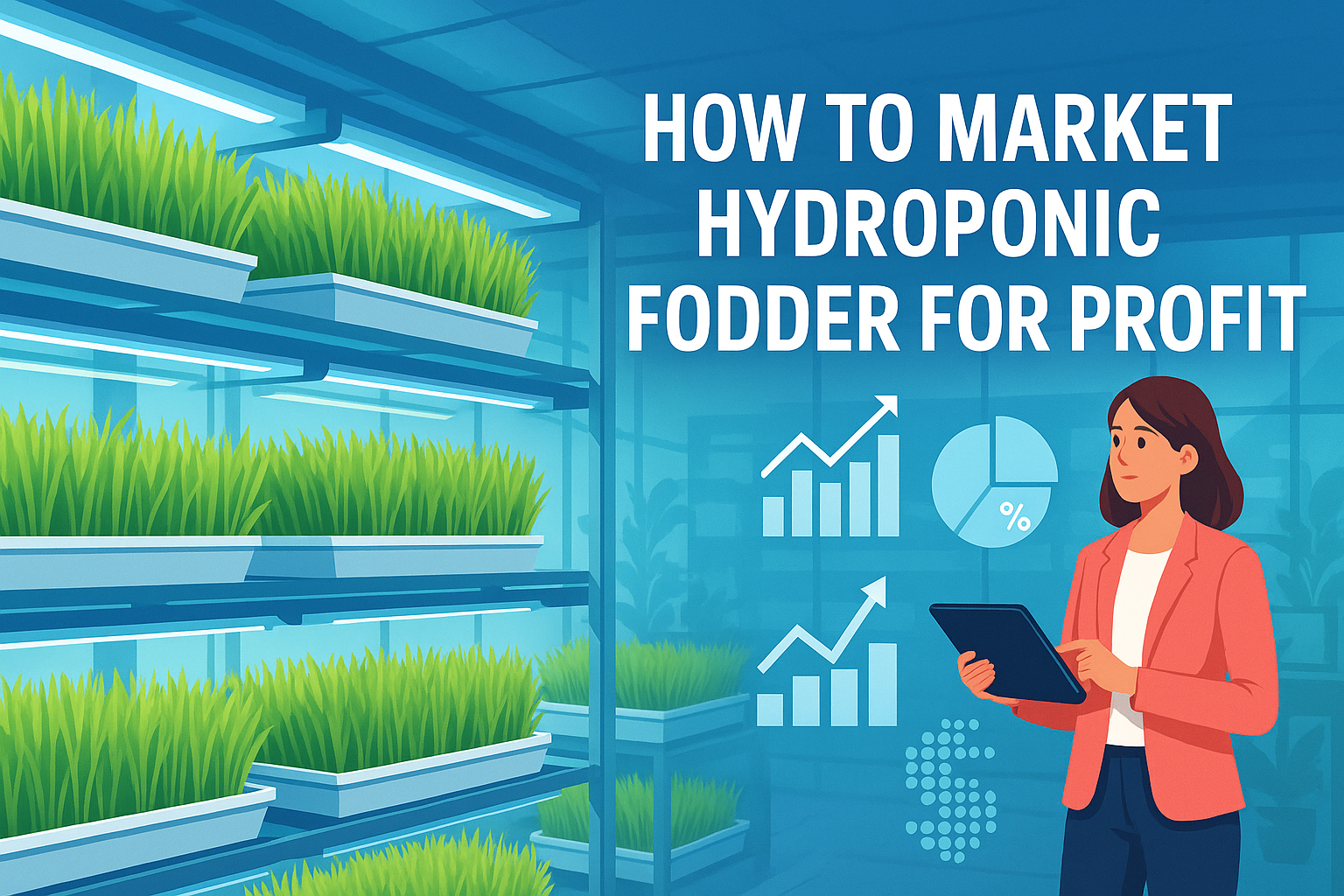
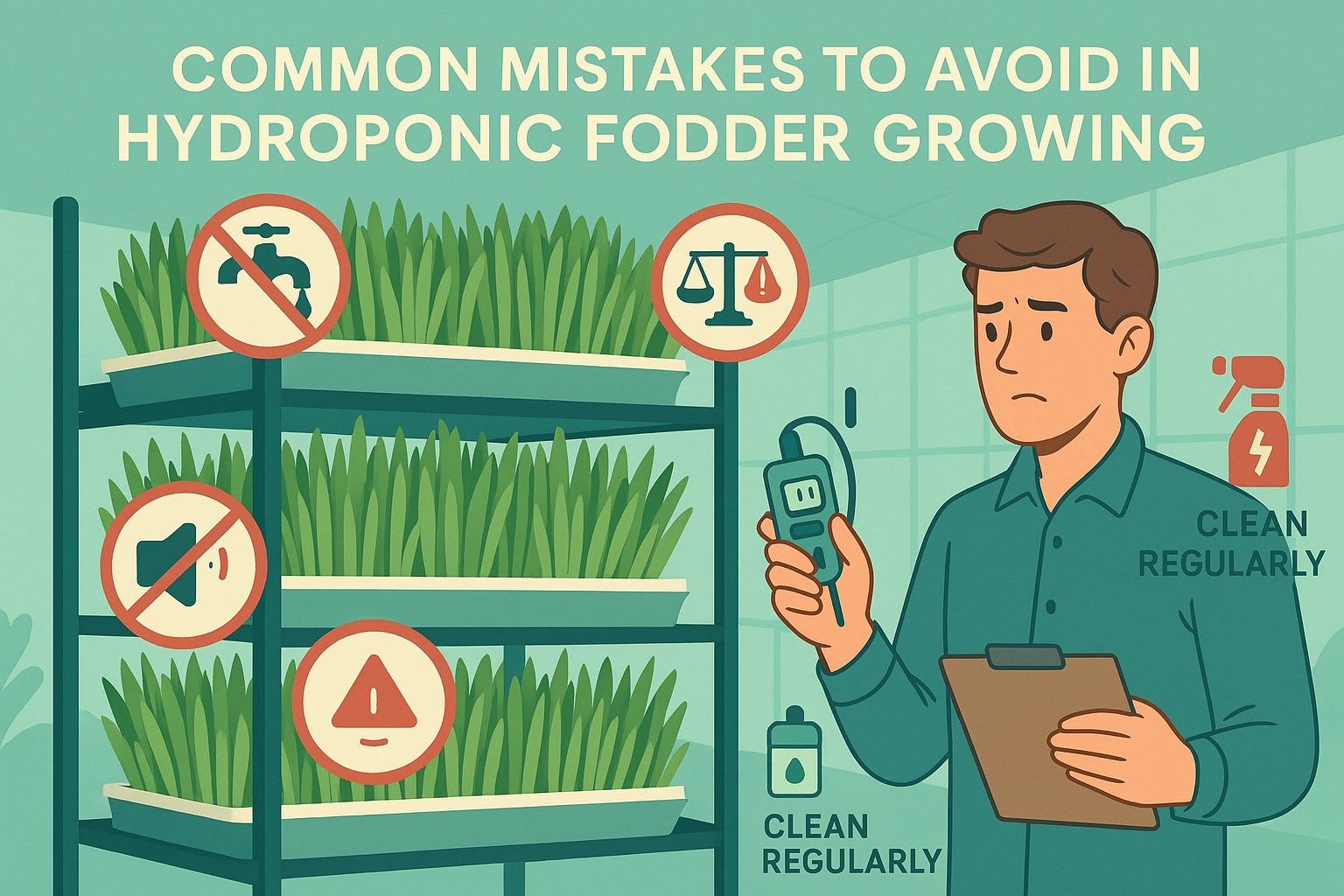




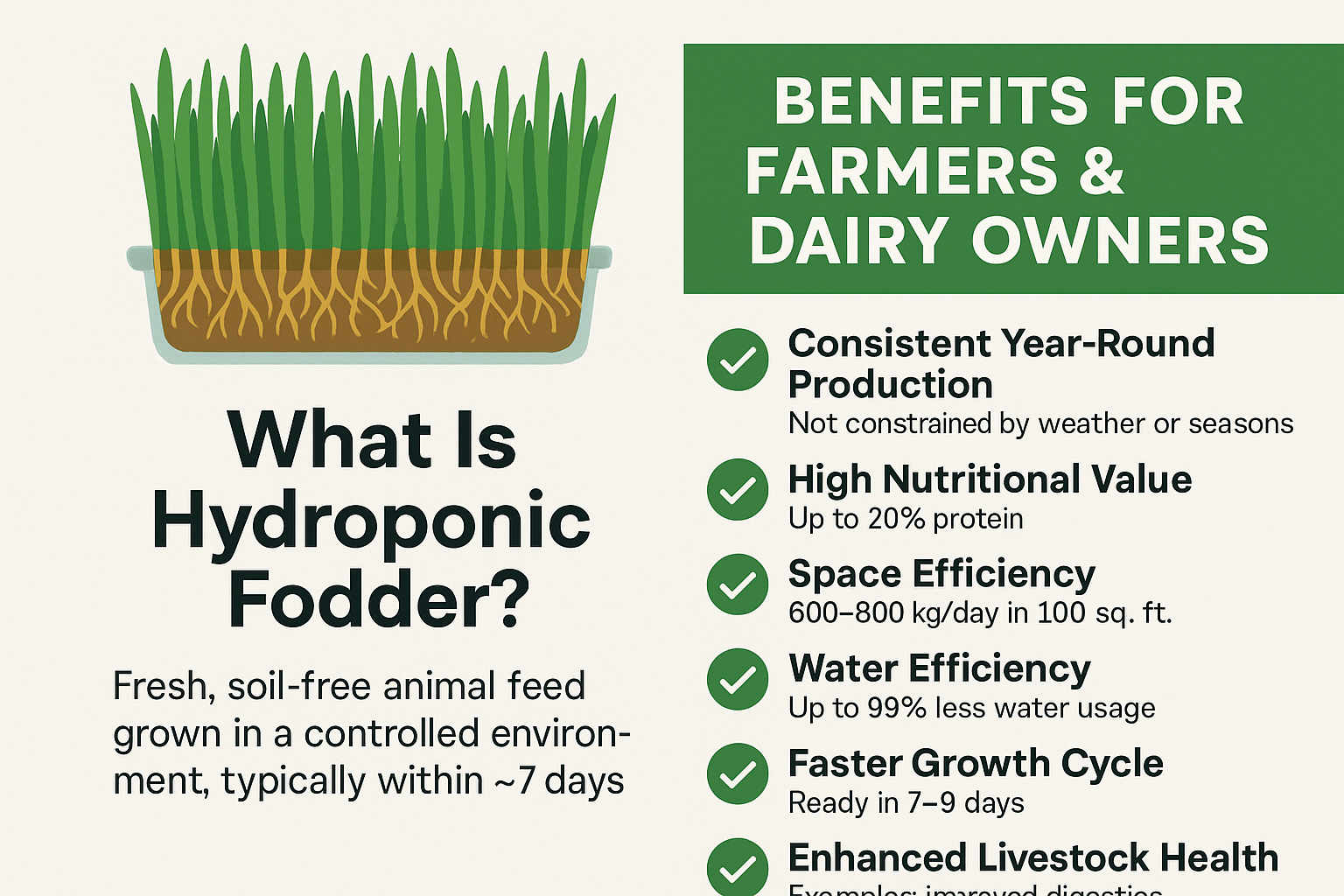
Leave a Reply